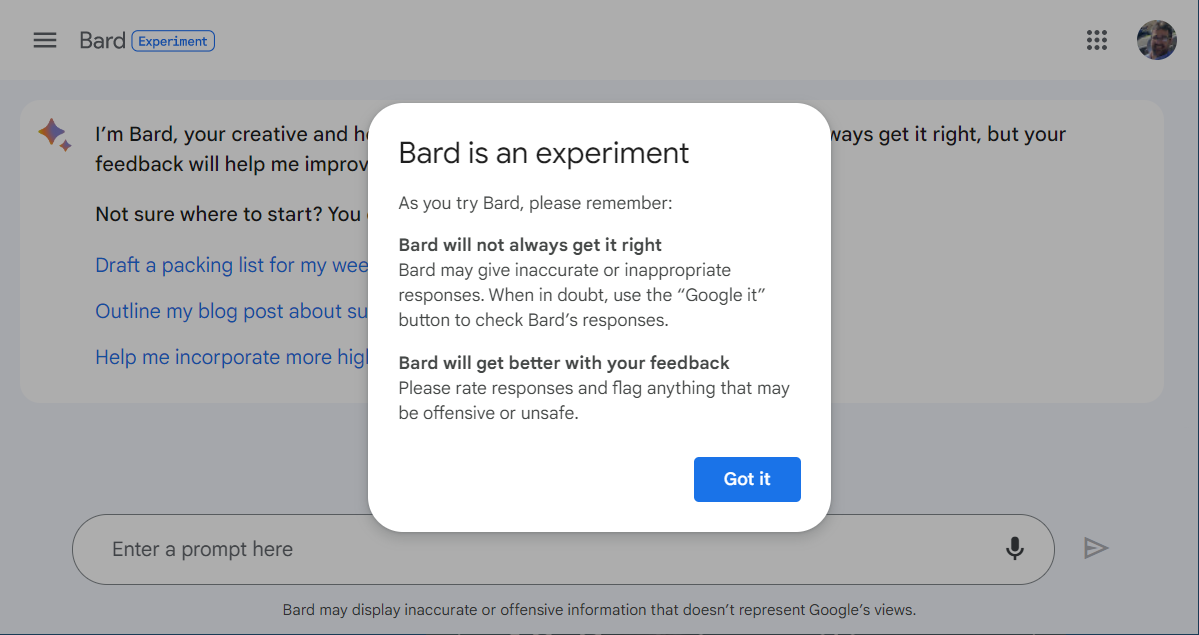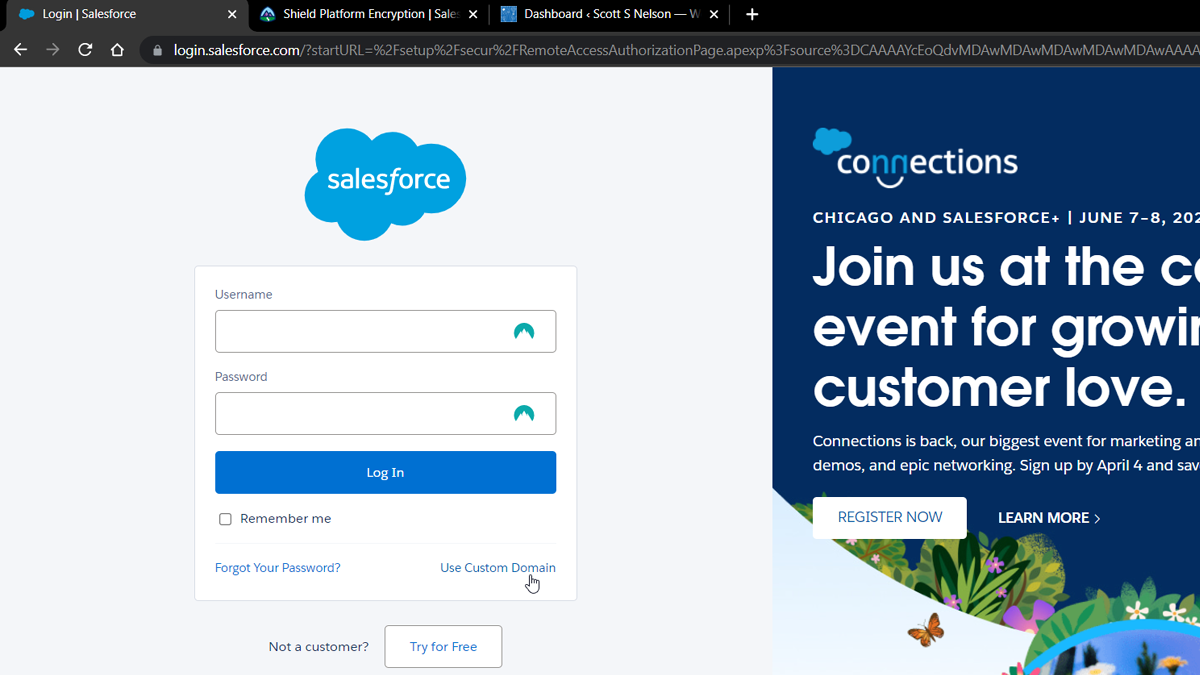Semantic clarification: I’m not introducing you, reader, to Bard. This is my experience of being introduced to Bard.
The answer to my first question, probably way too Turing-ish, shows that Bard is slow on the uptake as to context. I asked “What is the best use of Bard?” and received a description of the Dungeons and Dragons role.
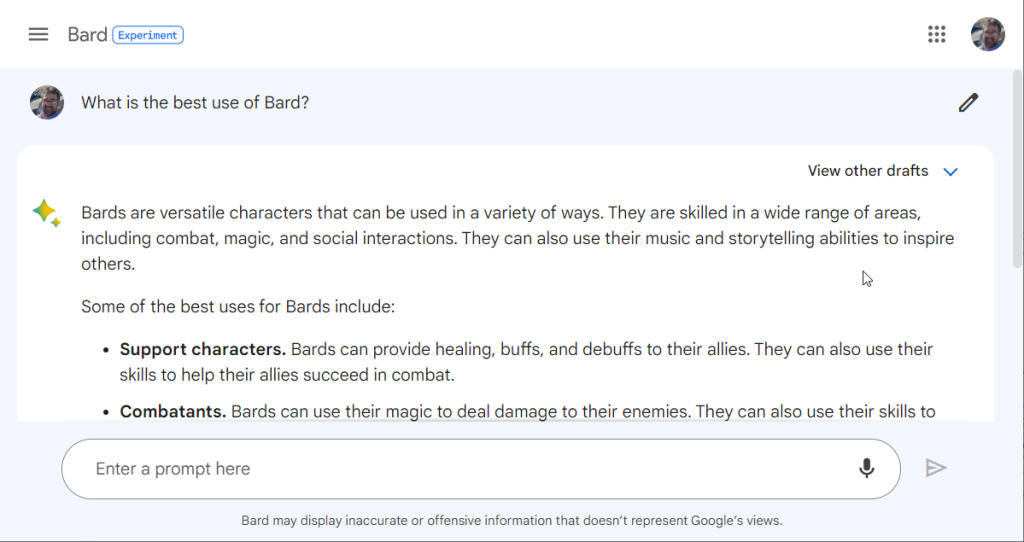
Points for the honesty of Bard, because this is very different from the description from the email confirming my access, which described Bard as “…your creative and helpful collaborator, here to supercharge your imagination, boost your productivity, and bring your ideas to life.”
I was disappointed. The makers of Dungeons & Dragons: Honor Among Thieves should be disappointed it didn’t display an add along with the response (how much you wanna bet the GA version will?). I gave similar feedback to Bard and moved to my next question.
My next question was “Which is better: ChatGPT or Bard?” The response was interesting. It didn’t rise to the bait of “my dog’s better than your dog” (yes, I’m that old) and gave a good answer that you can read for yourself in the screenshot and that I will summarize as ChatGPT will do your homework and Bard will do your Googling for you.
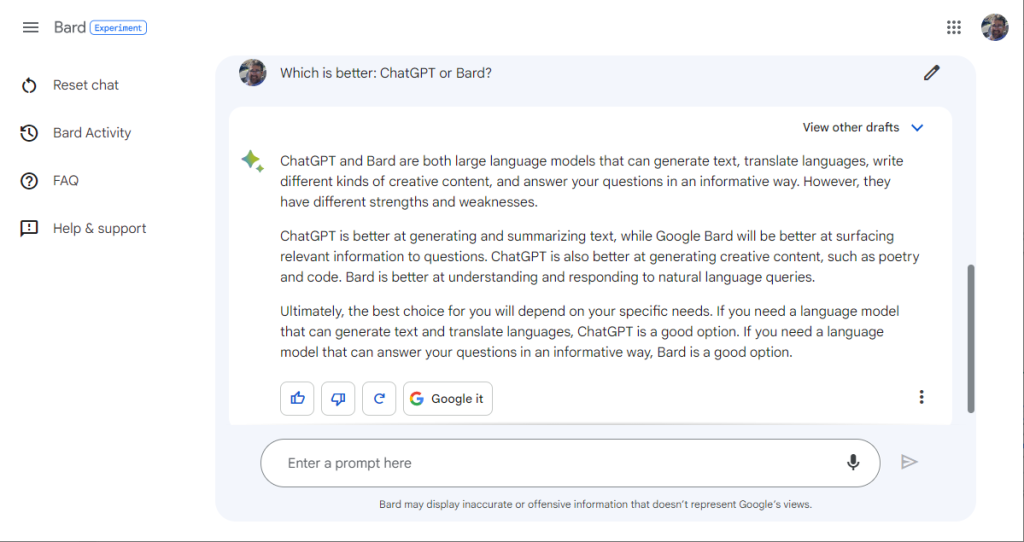
But how good is Bard at Googling? Having used Google since it’s year of inception, and having struggled for many years with its predecessors, I feel fairly adept at searching on Google. I worded my next query the way I would (will?) write the actual requirement for a project I’m working on: “What is the best ReactJS compatible image viewer with vector markup capability that can be stored in PostgresSQL?”
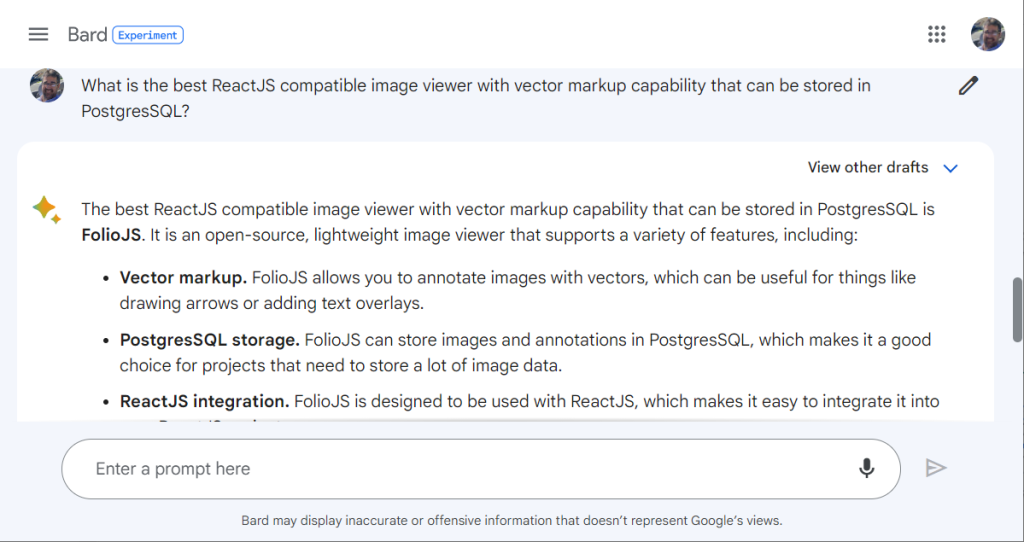
The response was literal and detailed. It described only one product (“Feeling lucky?” anyone) and gave a detailed reason for the recommendation. I will definitely include the recommendation in my comparisons, and decide whether to ask Bard for other options or go back to my normal way of searching.
If you believe the vlogsphere, the push to get Bard operational and in the hands of Google users is the threat of ChatGPT bringing everyone over to B.I.N.G (Because It’s Not Google). For the practical and technical, I think Bard is an excellent response to that threat. For the majority of folks, I think Bard is going to have a tough time for having come out of the gate this late.
And then…
After posting the first revision of this article I went back to continue the vector library search. Interestingly, while I can see the questions (aka prompts) that I had asked previously, I cannot access the answers. Glad I took screen shots, because after pasting in the same question I received a different response. This wasn’t too surprising as I have heard ChatGPT users have the same experience. Wanting a quick finish to the task, I then asked for the top 5 options. The first of the 5 was the same as the response in this request, but the suggestion given the first time was not in the top 5. Makes me curious what changed in 45 minutes for the first option that was the best to no longer be in the top 5?
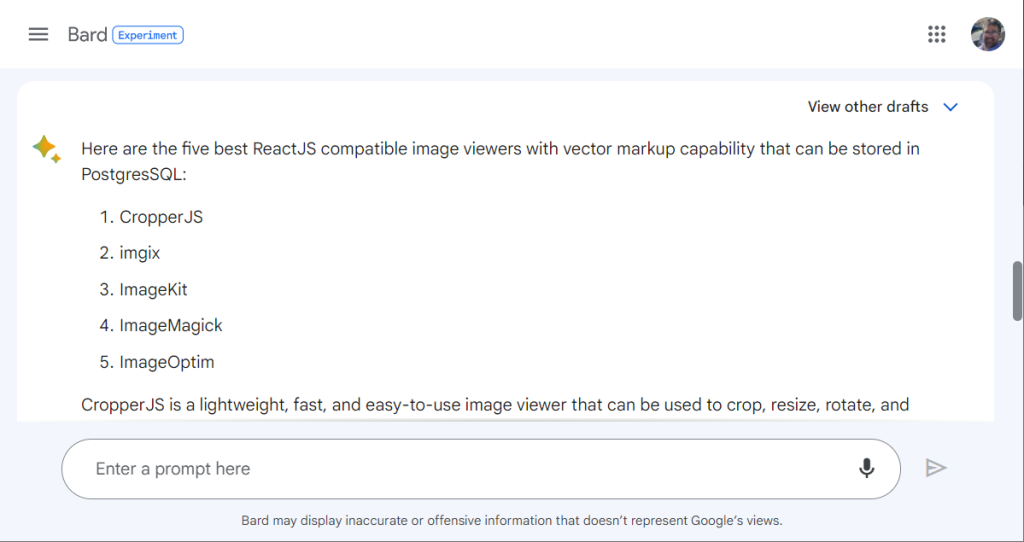
© Scott S. Nelson
